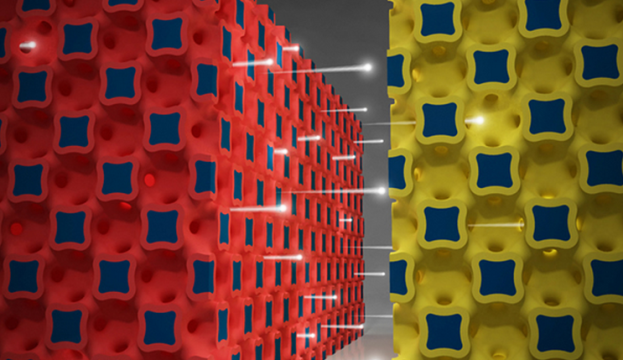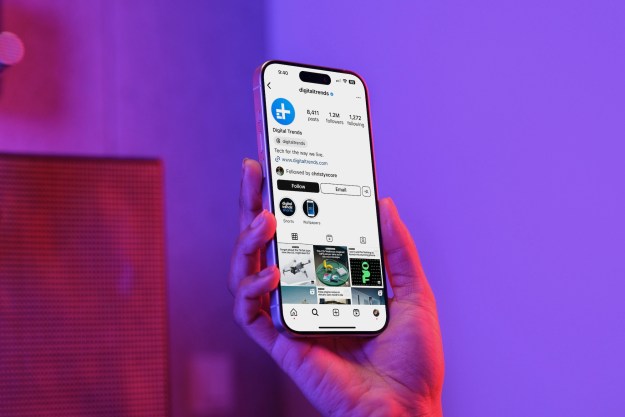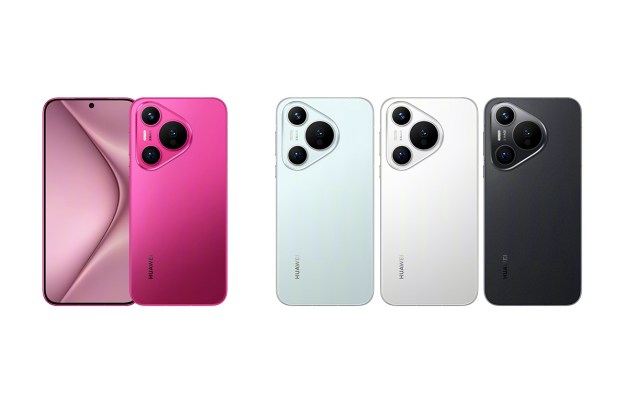
The old, bulky lithuim-ion battery has finally been innovated with enough power to boost a car battery and still recharge in seconds.
It may not be essential to running the newest version of Android, but a tiny, microbattery with that level of power and recharge rate spells success for more power-hungry equipment like electric cars, radio broadcasts, etc. But it certainly doesn’t hurt that the microbattery, developed by researchers at the University of Illinois at Urbana-Champaign, is only a few millimeters in size, which means new mobile devices with slimmer profiles, longer battery life, and less time spent tethered to an outlet.
the microbatteries will recharge 1000 times faster than current technologies
The new microbatteries change that dichotomy by offering both high performance and quick-charging capabilities in one package. The new design uses a fast-charging cathode (the positive side of a battery) designed Paul Brian, another professor at the University. King and his team then developed a matching anode (the negative side) and found a way to put the two together.
So how does this kind of power translate to real-world situations? The batteries could, in theory, broadcast radio signals 30 times farther than normal and enable devices to be about 30 times smaller. More impressive, the microbatteries will recharge 1000 times faster than current technologies. King uses medical devices and implants as an example, “where the battery is an enormous brick, and it’s connected to itty-bitty electronics and tiny wires. Now the battery is also tiny.”
That translates to impossibly-thin devices that won’t have to be plugged in for more than a second. At present, technology is fairly limited by our battery technology, especially when it comes to medicine. However, a tiny battery will also allow us to create tablets that can easily be held in one hand for any amount of time and laptops that won’t weigh you down. Assuming they can get the producton costs down, tiny batteries could usher in a new era of mobile tech.

